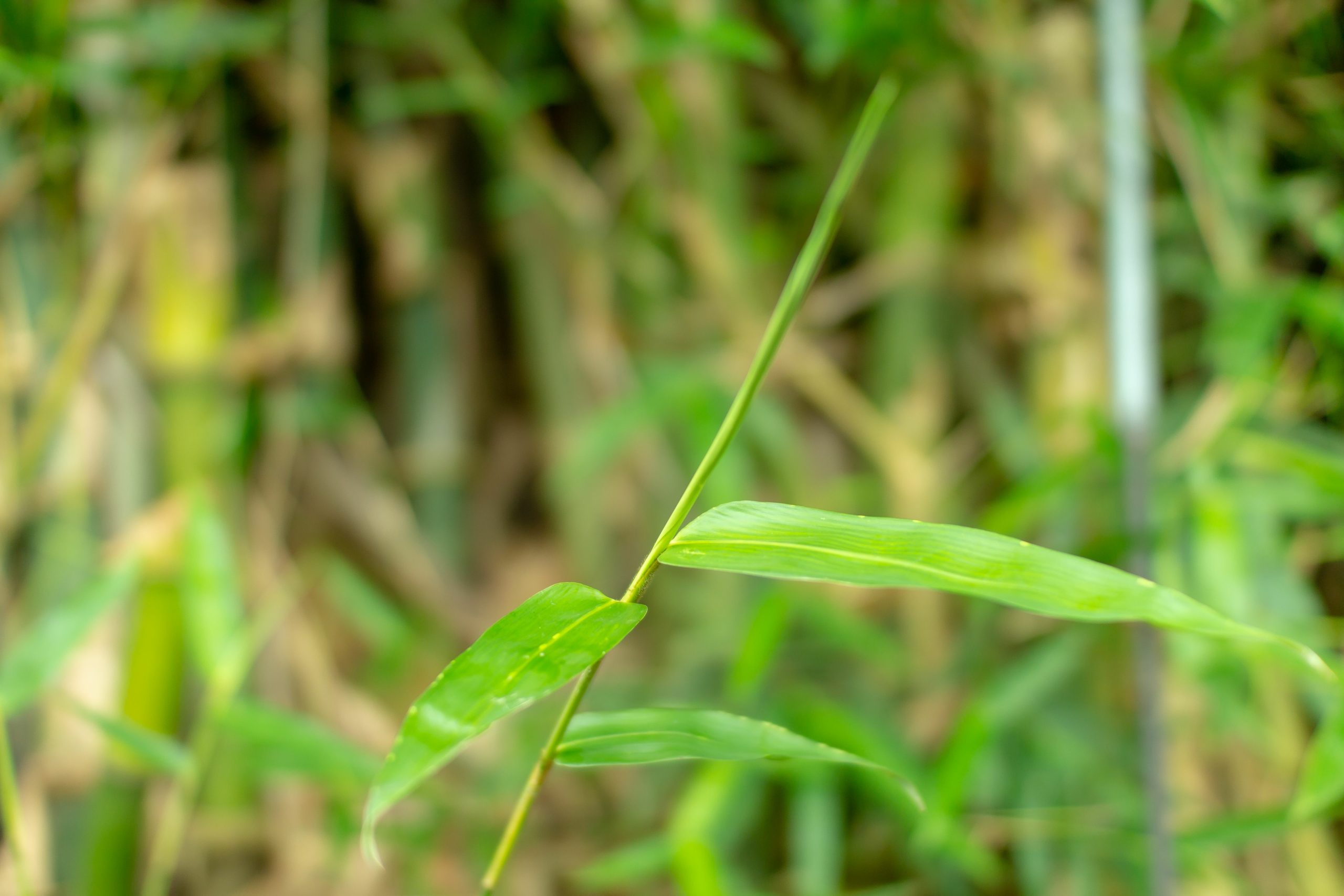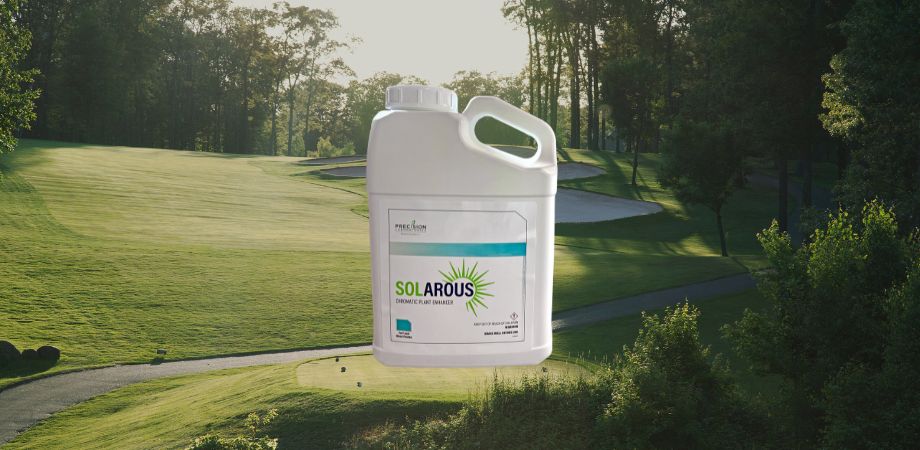Japanese stiltgrass is a prevalent weed in the South. It is manageable but can become a problem if not controlled early. This blog post will explain how to identify and manage Japanese stiltgrass so it doesn’t get out of control on your golf course.
Japanese stiltgrass is an invasive species believed to have been brought to the U.S. as packing material from Asia. The scientific name of the species is Microstegium vimineum. Other common names include Nepalese browntop, Chinese packing grass, bamboograss, Nepal microstegium, eulalia, and Mary’s grass. Japanese stiltgrass was first reported in the U.S. in 1919 in Tennessee.
Today, Japanese stiltgrass is present in all of the eastern United States. Its tolerance of both sun and shade makes it a versatile weed that can establish in all kinds of environments. Japanese stiltgrass commonly invades wooded areas but also lawns, parks, and golf courses. Rough areas on golf courses are especially susceptible to the weed because they aren’t mowed as often.
Japanese stiltgrass is a summer annual weed that spreads via small seeds. Each plant can produce as many as 1,000 seeds, which can remain dormant in the soil for as long as five years before germinating. Seeds germinate in the late winter or early spring, several weeks before crabgrass germinates. One of the reasons Japanese stiltgrass has spread so aggressively in the U.S. is that its seeds can easily travel via animals, vehicles, and water sources.
Japanese stiltgrass can grow to upwards of three feet over the course of the summer. At the end of summer, it produces a flower spike up to two inches long. Its leaves are long and pointy, growing up to three inches long. Japanese stiltgrass stems tend to bend as they grow, eventually matting over the ground. The weed derives its name from its roots, which resemble stilts growing at the base of its stems.
Japanese stiltgrass has a similar appearance to several other plants, which can make it tricky to identify. One is crabgrass, which is also invasive to the U.S. Other look-alikes are whitegrass and nimblewill, both native to North America. Japanese stiltgrass has unique leaves that can help distinguish it from these weeds. Its leaves have smooth edges, and each leaf has a light-colored stripe down the middle.
Because Japanese stiltgrass spreads via seeds, it’s important not to let it grow to the point of producing seedheads. The PennState Extension recommends strimming to remove stems and prevent regrowth. Hand-pulling Japanese stiltgrass is also an option because its roots don’t grow very deep. Of course, being selective about any new soil you introduce can help prevent the weed in the first place.
Chemical control of Japanese stiltgrass includes both pre-emergent and post-emergent herbicides. Prodiamine provides effective pre-emergent control when applied before germination. For post-emergent control, your options include glyphosate and glufosinate, among other active ingredients. Be careful not to overapply these chemicals, as Japanese stiltgrass often grows on the edge of desired turf. It’s a good idea to use low rates and make repeat applications as needed.
With a better understanding of how to identify and control Japanese stiltgrass, you can manage this invasive weed on your course. Consult your ATS sales rep for product recommendations specific to your needs.












